Detroit Bikes E-Sparrow review: an affordable e-bike with quality parts
The Detroit Bikes E-Sparrow is an e-bike entry point you can rely on

The E-Sparrow is what you’d get if you took a great, single-speed city commuter bike and did an after-market e-bike mod to it. It works well, if not being entirely elegant, but it’s dependable for getting from A to B and will make the ride easier for novice bike commuters.
-
+
Makes light work of city commutes
-
+
Comes mostly assembled
-
+
Reasonable value
-
+
Built with name-brand parts
-
-
Going beyond 17mph is a struggle
-
-
May require fiddling
-
-
Inelegant battery mounting
Why you can trust T3
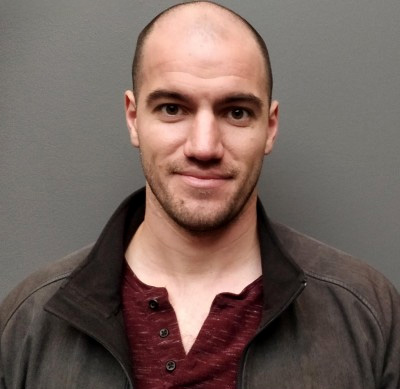
DETROIT BIKES E-SPARROW - Key Specs
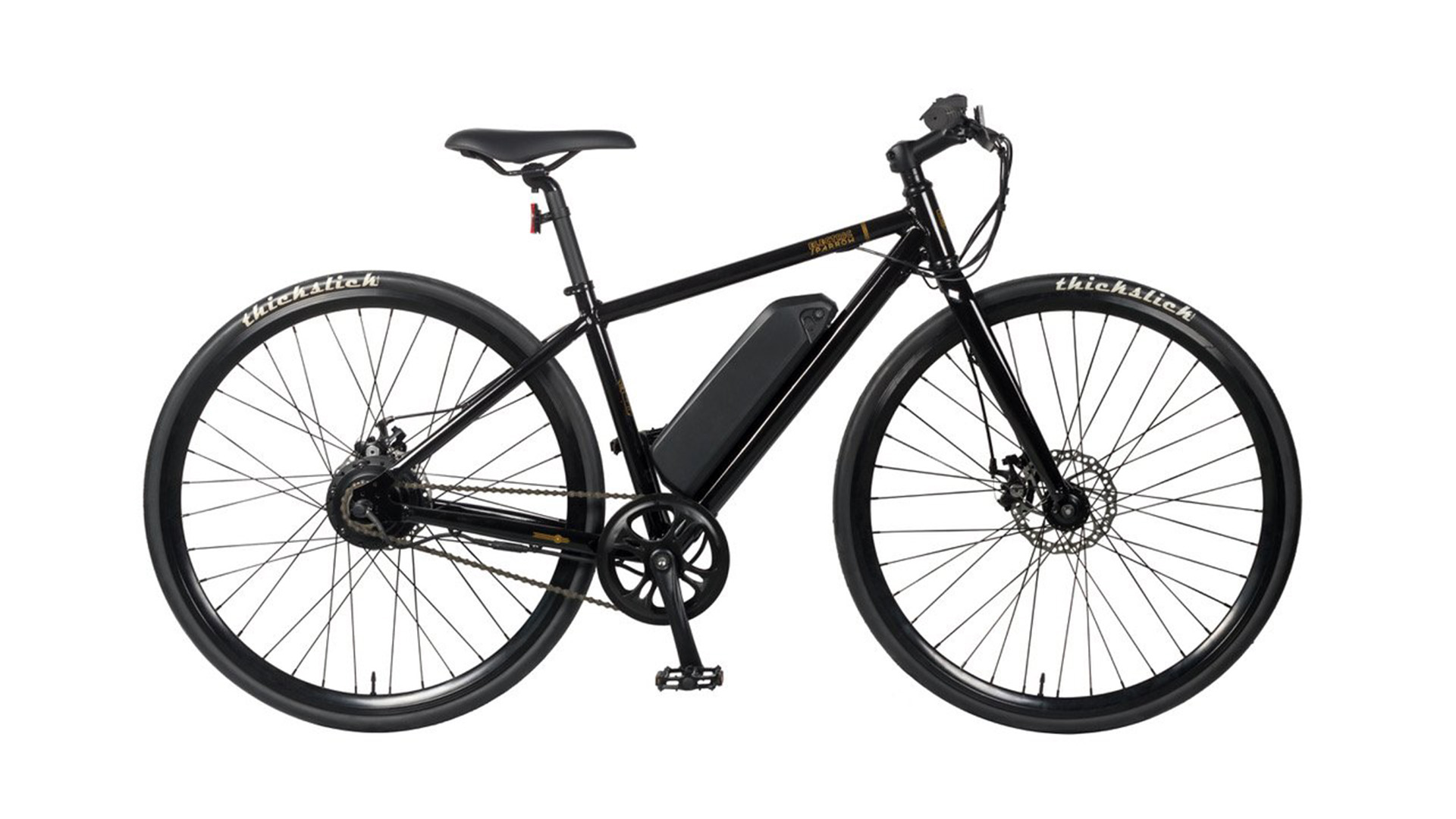
● Size range: Small, Medium, Large, Extra-Large
● Motor: 250W Bafang rear hub, geared
● Top speed (motorized): 17mph
● Power: Samsung 280.8W lithium battery
● Control: Thumb throttle and cadence-sensor pedal assist
● E-bike classification: Class 2
● Speeds: Single-speed
● Brakes: Tektro mechanical disc brakes
● Frame material: Aluminum
● Fork material: Aluminum
● Wheel size: 700C
● Weight: 32-36 pounds (14.5-16.3kg)
● Range: 25 miles
Bikes alone tend to cost a hefty sum, particularly if you want a quality build you can rely on throughout the years. Adding in the expensive electronics and battery of an electric bike just drives that price up further. So, the E-Sparrow from US-based Detroit Bikes offers a tempting product coming in at $1,099/£795/AU$1,472. Also note that while they do ship internationally, it could cost almost as much as the bike again to do so.
That may not sound so cheap, but it’s still well on the affordable side for e-bikes. That said, the Detroit Bikes E-Sparrow is largely sticking to the basics. It’s a straightforward option particularly suited to novice riders who are looking for a commuter bike to fill in where a small city car might have done the job. There are some cheaper e-bikes on the market, and plenty more expensive models that offer more advanced features or higher-end components, though, so read on to see how the Detroit Bike E-Sparrow fits itself into the market.
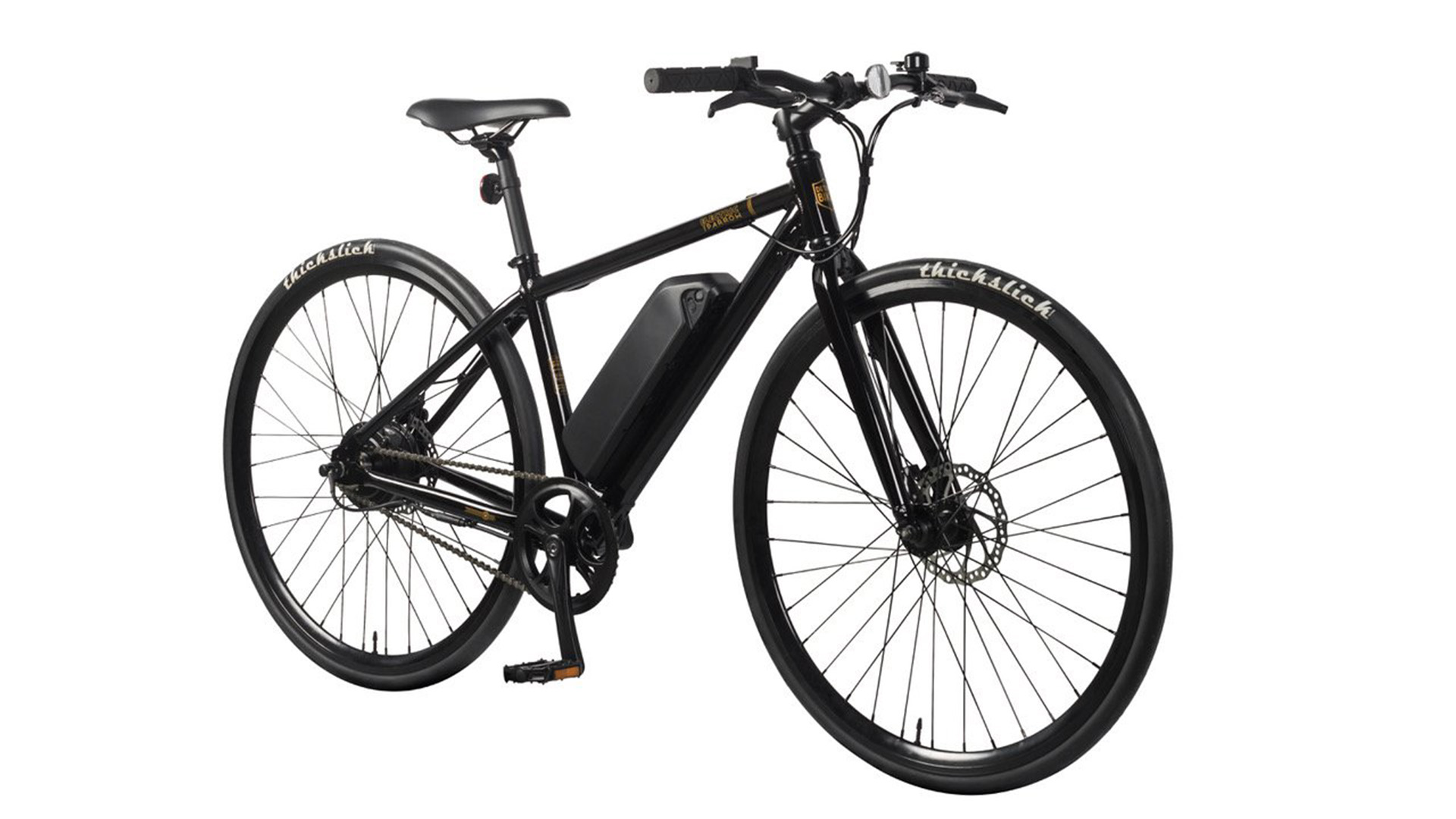
DETROIT BIKES E-SPARROW REVIEW: DESIGN AND FEATURES
Detroit Bikes aims to make the barrier to entry low for new cyclists. The E-Sparrow comes almost completely pre-assembled in its shipping box. It’s always a good idea to double-check that everything is tight, but aside from that, it’s just a matter of unboxing everything, tightening on the pedals, and popping on the front wheel. Detroit Bikes includes its own floor pump in the box, too.
The E-Sparrow is something of a minimalist from its hybrid aluminum frame shape to its all-black stylings. It’s a single-speed bike, so no front or rear derailleurs to deal with. There’s no mountain-bike-style suspension to maintain either. Even the rubber handle grips are simple cylinder-shaped grips. The one bit of fancy to the bike is its Tektro mechanical disk brakes. Detroit Bikes throws on a couple of extras, though, including a simple bell and a kickstand that attaches to the chainstay.
Keeping it simple has helped keep it on the lighter side at 32-36 pounds (14.5-16.3kg) depending on the size you choose. The extra electronics do add to the weight considerably though, as the non-electric Sparrow weighs in at 22 pounds (10kg).
One omission hurts the E-Sparrow’s ability to serve as a flexible commuter bike. There are no braze-ons for a rear rack, aside from the sort of racks that latch onto the seat post, limiting your options for hauling gear. The lack of tension adjusters for the horizontal dropouts for the rear wheel also make getting the wheel straight tricky. Since the drive train and motor put some considerable torque on the wheel, it may need regular straightening, so this is something that would have been nice to see and cheap to include. Anything that keeps maintenance simpler would also be a big plus.
Detroit Bikes has opted for solid parts. The aluminum frame, fork and steerer have felt solid through my riding, though it can be a stiffer ride in spite of the soft saddle. While this product has a lower price tag than many competitors, it’s not using off-brand parts where it matters. The rear hub motor is from Bafang. The tires are WTB Thick Slicks. The 280.8 Wh battery — easily one of the most expensive single components of an e-bike — uses Samsung battery cells. The battery is packed into a Reention shark-style case that’s fairly typical for e-bikes and uses a locking mount on the down tube, taking the place of a water bottle mounting point. This mounting could be more elegant, as it’s a bit unsightly and occasionally creaky, but the E-Sparrow is effectively a mod of the non-electric Sparrow, so we’ll consider it lucky enough just to see some of the cabling routed through the frame.
A thumb throttle provides control of the electric motor. That control also turns on the motor and allows for quick adjustments between three assist settings. The bike uses a pedaling cadence sensor to provide assistance.
As the E-Sparrow is a new model, Detroit Bikes may still be getting some of the kinks worked out of the assembly process. The first test unit I received occasionally turned off the electronics while I was riding, though Detroit Bikes promptly replaced the unit with a second that didn’t do this once. The second unit, however, came with a part of the front brake assembly attached backwards which didn’t allow the caliper and disc to fully overlap. Any bike you order for delivery is likely to take a bit of tinkering to get in riding shape, and the company’s return policy would cover these issues, but it’s worth making sure you’re comfortable doing that tinkering and know enough to ensure everything is in order before taking a ride if you go ahead with a purchase.
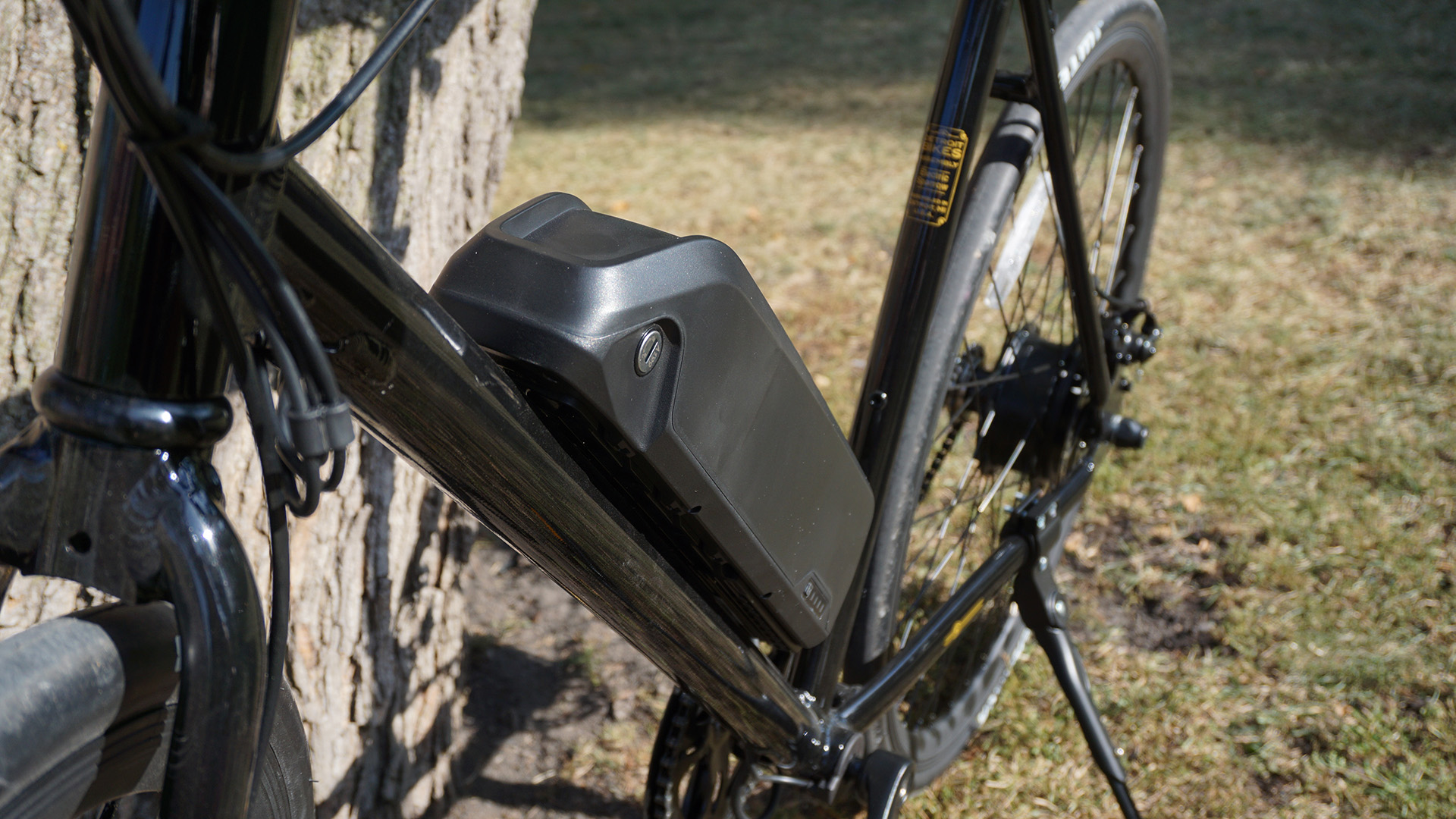
DETROIT BIKES E-SPARROW REVIEW: PERFORMANCE
So, what happens when we take that design and those features and throw them on the pavement. I took the bike on a bunch of commutes and joy rides around the streets of Chicago and found out.
It’s impressive what just a bit of assistance can do. You won’t really find bikes offering less than 250W motors, so the E-Sparrow is sitting right at the bottom end of the spectrum. But, that 250W Bafang motor makes it pretty easy to get up to the 17mph speed, after which it cuts off — this is a Class 2 e-bike, so it can’t continue to offer assistance past that limit.
The three different assistance settings basically change the speed at which the motor will stop assisting. The lowest setting just gives a boost when starting up from a standstill, and it barely came in handy. The middle setting gets up to about 12mph before handing off to let my legs do all the work while the top setting goes up to that 17mph limit.
While the motor is assisting, it’s smooth cruising. Straightaways are easy, and small hills and bridges are a cinch to get over without slowing much or seeing the pedaling difficulty ramp up — good news considering the bike has no extra gears to switch to when tackling hills.
By contrast, there’s a little more difficulty when the motor isn’t assisting. The gear ratio isn’t brilliant for starting up from a standstill. And, since the bike uses a cadence sensor, the motor won’t kick until I’ve made more than one full rotation of the pedals. This makes for a little harder start and then a small jolt when the motor does kick in. It hasn’t been anywhere near enough of a jolt to throw me even while standing, but it may spook novice riders who are still getting accustomed to riding in general. It does pick up quickly though, which helps for getting out in front of the cars and other bikers at intersections.
In the low and middle assist settings, the bike has a bit of odd behavior as well. It almost feels like the motor is fighting me when I’m on the cusp of its speed limits in those settings. This may be because the geared hub has stopped assisting but hasn’t disengaged.
On the plus side, the thumb throttle provides a means for avoiding these issues. There’s no need to rely on the cadence sensor to start from a standstill as the throttle can give the motor a nudge right off the bat. And, rather than fighting with the motor to get past that cusp in the lower settings, I can just throttle past that point and then cruise freely. The throttle is placed within reach of the thumb, which has made it easy to turn to when I’m looking for that extra boost to make it through a traffic light that’s going to change. The throttle has a bit of range for fine control and it provides some resistance so it’s not so easy to accidentally push all the way forward. All those electronics are easy to cut off, too, for safety, as even a slight pull of the brake levers cuts power to the motor.
The Thick Slick wheels provide a smooth ride on flat ground, but they don’t soak up a lot of the bumps on the road, with potholes, cracks and lumps all shooting right up into the handlebars and saddle. It’s worth bearing in mind that they have no tread and aren’t so pleasant on gravel or loose stone. I did get out on wet roads after some rain and found they had enough grip to keep riding like normal, and the disk brakes shrugged off the damp better than rim brakes.
With a low-power motor, the E-Sparrow doesn’t draw a ton of energy from its battery, and I’ve seen it go a considerable distance. It’s rated for 25 miles, but I was able to stretch that to 32.7 with mixed usage and a good bit of my own sweat. For many in the city, it’ll likely be more than enough for a couple of commutes before needing to recharge — a process that takes a few hours to complete.
I think the E-Sparrow can take a lot of the effort out of commuting for a lot of riders, but one aspect of the design has made it a hard sell for seasoned commuters used to putting in a bit more of their own effort: the gearing. While the gear ratio isn’t great for getting started, it’s even worse at speed. The bike makes it so easy to get up to speed but staying there becomes a chore. Rather than pedaling harder in a high gear, I have to pedal at an uncomfortably fast cadence. It’s much better geared for cruising around 15mph, which will probably feel slow and casual for seasoned riders. New commuters will likely be comfortable at that lower cruising speed, but it relegates the E-Sparrow as a bit of a starter e-bike.

DETROIT BIKES E-SPARROW REVIEW: VERDICT
The Detroit Bikes E-Sparrow is a solid ride. It can cruise at a decent pace and is still nimble enough for weaving through traffic. The motor helps get up to speed, but it could have been geared better for maintaining that speed. It will definitely take the work out of rides for newer commuters, but seasoned riders will likely struggle to find a reason to choose it over a non-electric bike, especially when there are far more tempting options for just a little more money like the Class-3 Ride1Up Core-5, which has a 5-speed cassette and uses a 500W motor powered by an integrated battery to reach a 28mph top speed.
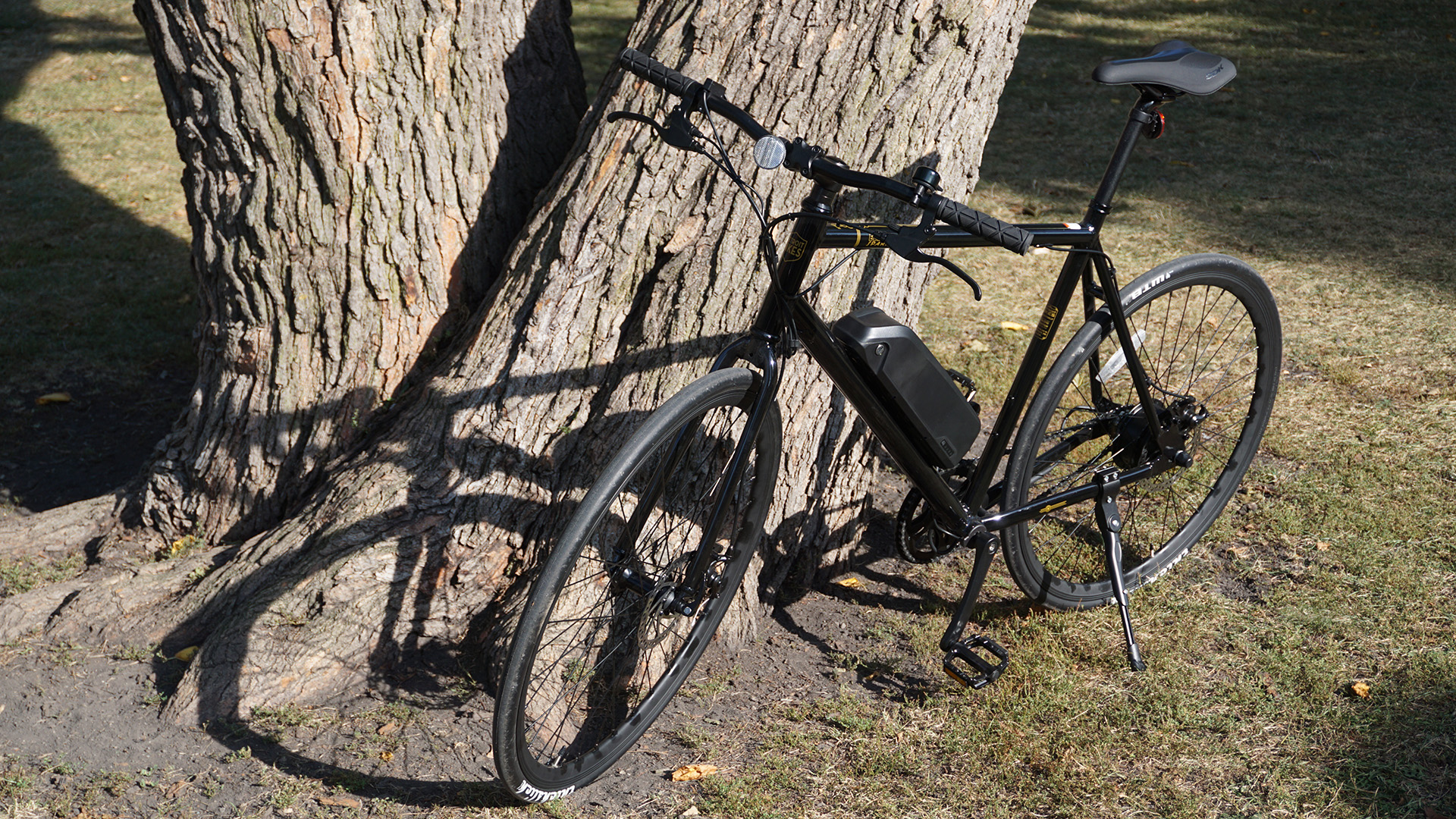
Sign up to the T3 newsletter for smarter living straight to your inbox
Get all the latest news, reviews, deals and buying guides on gorgeous tech, home and active products from the T3 experts
Mark Knapp has covered tech for most of the past decade, keeping readers up to speed on the latest developments and going hands-on with everything from phones and computers to e-bikes and drones to separate the marketing from the reality. Catch him on Twitter at @Techn0Mark or on T3, PCMag, IGN, TechRadar, Business Insider, and Reviewed.
-
 Girard-Perregaux Laureato 38 mm gets a blue diamond upgrade
Girard-Perregaux Laureato 38 mm gets a blue diamond upgradeWe’re totally besotted by these diamond-bezelled beauties from Girard-Perregaux
By Alistair Charlton Published
-
 Gossamer Gear's Grit 28 is a masterclass in ultralight backpack design
Gossamer Gear's Grit 28 is a masterclass in ultralight backpack designTrail runners and fastpackers, take note
By Matt Kollat Published
-
 Forget AirTag, Chipolo's new Bluetooth tracker adds a dash of colour
Forget AirTag, Chipolo's new Bluetooth tracker adds a dash of colourChipolo's Pop tracker works with both Apple's Find My and Google's Find My Device – so you can track whichever platform you're using
By Mike Lowe Published